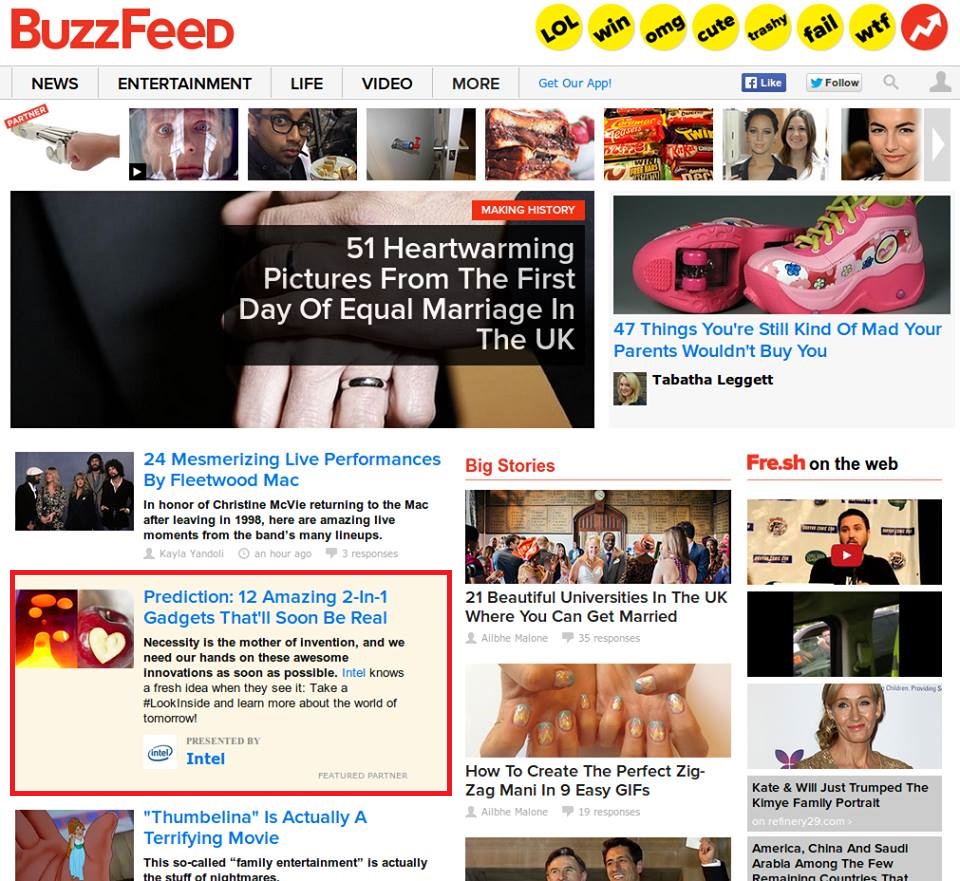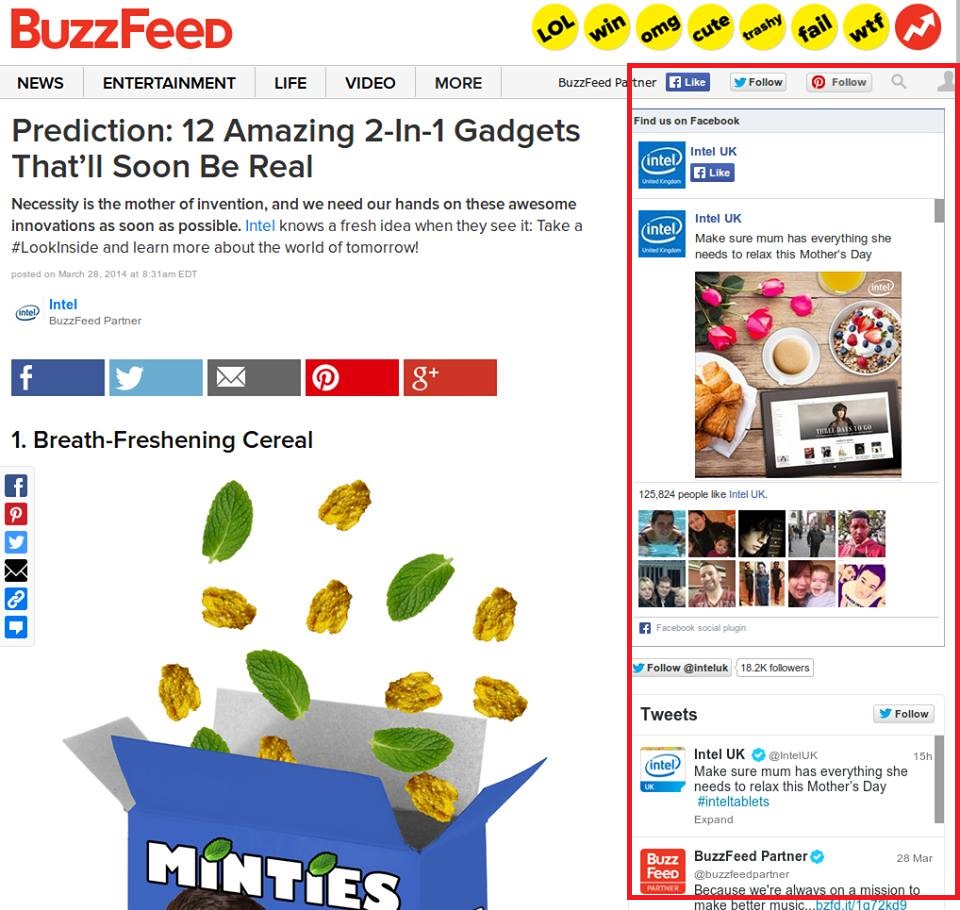This post gives an overview of the potential business opportunities of LeapIn.it. Five models are discussed: social capital, online advertising, sponsored rooms, check-ins and freemium.
Social capital
The nature of online social networks is different from other types of websites or search engines because of the social aspects that are involved. In online social networks, people might join a network because their friends are members of it or because they can find people with common interests to communicate with [3 & 4].
Furthermore, it has been observed that approximately 57% of users visit the same website frequently instead of moving from one website to another [5]. Therefore, users might find it difficult or may be reluctant to move to another online social network, because it is impossible to move all of their friends and social interactions to other network. This, arguably, is a positive point from a business perspective.
As a result, the main focus of our project is to form this social capital by attracting many users join these virtual “value-adding” communities to share their experiences, exchange their stories and form networks of social relationships that make the movement to another social network a difficult task and therefore foster the economic growth of our project [4].
Although implementing different types of interactions within our project, such as video-responses, comments, photo sharing and voice chatting might cost a significant amount of money in the beginning, these tools are more likely to encourage people to join the network, interact with other users, and find a large audience of users who receive their messages. Through this, it encourages users to develop trust and engagement which might contribute to forming a valuable social capital in the long term.
In addition, volunteerism in online social networks has been shown to be a factor that helps in forming a strong social capital [4]. Having members as volunteers can motivate the users to post, form relationships with other users, add more rooms to their virtual worlds, convert from normal visitors to loyal premium users and therefore increase the revenue. To motivate volunteers to participate and to increase their retention rate, we might add more features that distinguish them from our normal users. Clearly, having volunteering members as well as a range of tools that facilitate interaction and cooperation between regular users will motivate the constant growth and evolution of our network. It is therefore intended this will form a robust social capital, which is one of the main assets of our business model.
Online advertising
Online advertising is one of the most successful business models for online social networks [6]. In our project, advertisements can be either general or customised, presented to appropriate users who are interested in the advertised product and who might be influenced by its message. General embedded adverts are shown in three timelines which are:
- The timeline of the user which summarizes the activities of the user.
- The timeline of the room which includes the posts of the users who are interested in the topic of this room.
- The public timeline which includes the aggregated feed from all the rooms that the user in interested in.
Furthermore, in-video adverts can be presented as texts, graphics or another video before playing the requested selection; as adopted by YouTube [10], such adverts disappear after few seconds if they are ignored or played completely once they are clicked [11]. Other types of adverts such as regular banners can be adopted in our system; however, since including many types of adverts might not be convenient to our users and might involve the risk of reducing the perceived value of our project, they will not be considered in our business model.
Customized adverts are shown to a user based on their interests, which are inferred from the rooms that are added to their virtual universe or from the posts that were posted by the user originally Additionally, another way of targeting users and showing relevant adverts to a specific user is to show an advert once a QR code is scanned. This means that when a user scans a QR code on-site, a URL is provided which transforms them to a virtual world.
As a result, an advert can be presented once a user clicks on a URL and if they accept this, the advert is shown in their timeline which in turn is seen by user-friends and hence accessed by their social graph [7]. This leads to social advertising in which the message is delivered by the users to their friends, rather than posting the message by the advertiser. It is hoped that through this method, the advertising message can have a stronger social influence [8].
Sponsored rooms
Our social network allows companies and organizations to have their own rooms which they can use to post different types of rich media content about their products. These rooms are added to the list of public rooms that appear when a user signs up and he/she can add them to his/her virtual world if he/she is interested.
Furthermore, this model has been adopted by Neiia [1] which is a social network that allows people to share their experiences about different kinds of products. Neiia [1] gives has a feature that gives the organizations the choice to show the uniqueness of their products to Neiia’s [1] users. In addition, BuzzFeed [2] makes money by having sponsored articles that are presented in yellow color to differentiate it from non-sponsored posts.
Figure 1 shows an example of an article which is sponsored by Intel and appears in yellow on the BuzzFeed [2] website. Figure 2 shows another post which is sponsored by a partner named Cracked. As shown in Figure 3, Intel’s sponsored article has social media in the right side which is similar to what a user is expected to see when he/she clicks on an advert that belongs to a sponsored room and Figure 4 shows a non-sponsored article which doesn’t include social media content.
As a result, a company which subscribes to this service in our social network will have a room for a product and their adverts will appear in the user’s timeline if their room is added to the user’s virtual world. Moreover, since there will be many registered companies in the system, it is necessary to have a mechanism to sort the adverts which appear in the list of public rooms.
This will be implemented in Leap in it! system by allowing the companies to specify the number of users that they want to target in their advertising campaign and the type of users ( e.g. users who are interested in driving cars). Furthermore, future work might involve targeting users in specific geographical locations (e.g. Southampton) and showing the adverts in specific times (e.g. Tuesday from 9 to 3). Therefore, the number of users who join the company’s room, the number of clicks on their presented adverts and the number of views determine the amount of money that a company has to pay.
With this in mind, sorting the adverts in the public room depends on the amount of money paid by the company, for example if the advert of a company that paid more appears at the top of the list. For example, a company might pay 10 cents for each user who join its room, 1 cent for each click on its adverts and 0.10 cent for each view on one of its adverts. Furthermore, to allow the adverts of smaller companies to appear in that list, there are some allocated spaces in the public room where randomly chosen adverts are presented.




Check-ins model
As mentioned previously, by scanning a QR code or a barcode, a user is transformed from a real world to a virtual world. The check-ins model of our system is beneficial for the subscribed organizations because a subscribed company can motivate people to visit their physical stores and scan their QR codes to collect some points which can be replaced later on with gifts, coupons or discounts [7].
This marketing tool, which is offered by our system, acts as an intermediary stage through which we can charge organizations who subscribe for this service and organizations can have effective marketing campaigns for their products and services. As a result, users can gain benefits from visiting the physical stores of the subscribed companies, check in using our application, scan their codes, collect some points and get discounts, coupons or gifts depending on the benefits that are offered by the subscribed company. In effect, physical actions of users can be exploited to offer marketing services to the subscribed companies as well as increasing the revenue of our project.
Freemium model
The Freemium business model involves offering the essential features for free and offering advanced services for a small subset of users who pay subscription fees [6]. According to [9], freemium model is the most successful business model for social networking sites. In our social network, a premium user can have a personal room where they can add stories about his personal life and share them with others. Furthermore, a QR code is provided when a user subscribes to this service and then they can use it in the real life. As a result, the social influence of the interactions between normal users and premium users, combined with the role of volunteers in this project, can encourage regular users to convert to premium users in greater amounts [6].
References
[1] Neiia, [Online] Available: http://www.neiia.com/ [Accessed: 31/March/2014].
[2] Buzzfeed, [Online] Available: http://www.buzzfeed.com/ [Accessed: 31/March/2014].
[3] Jimmy Wales on a Business Model for Social Networking, [Online] Available: https://www.youtube.com/watch?v=lu8dgTACh3A [Accessed: 31/March/2014].
[4] Ginsburg, Mark, and Suzanne Weisband. “Social capital and volunteerism in virtual communities: The case of the internet chess club.” System Sciences, 2002. HICSS. Proceedings of the 35th Annual Hawaii International Conference on. IEEE, 2002.
[5] Hof, Robert, Browder, Seanna & Elstrom, Peter (1997). Internet communities. BusinessWeek, May 5, 1997
[6] Wang, Hao, and Alvin Chin. “Social influence on being a pay user in freemium-based social networks.” Advanced Information Networking and Applications (AINA), 2011 IEEE International Conference on. IEEE, 2011.
[7] Namiot, D.; Sneps-Sneppe, M., “A new approach to advertising in social networks – business-centric check-ins,” Intelligence in Next Generation Networks (ICIN), 2011 15th International Conference ,pp.92,96, 4-7 Oct. 2011
[8] Li, Yung-Ming, and Nine-Jun Lien. “An endorser discovering mechanism for social advertising.” Proceedings of the 11th International Conference on Electronic Commerce. ACM, 2009.
[9] Social Networks: Choosing a Winning Business Model. [Online] Available:http://www.graphics.com/article-old/social-networks-choosing-winning-business-model [Accessed: 31/March/2014].
[10] YouTube, [Online] Available: https://www.youtube.com/ [Accessed: 31/ March/2014].
[11] Falch, Morten, et al. “Business Models in Social Networking.” CMI Int. Conf. on Social Networking and Communities. 2009.
Edited by: MJD








Please comment with your real name using good manners.